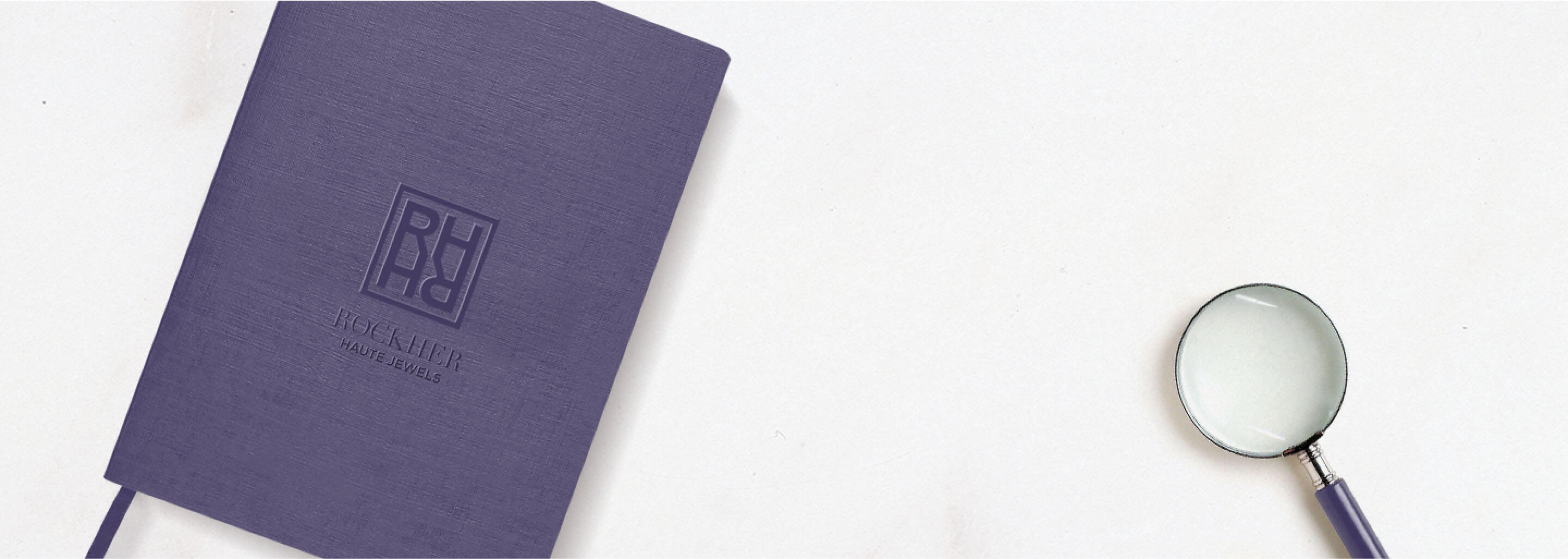If you’ve been researching diamond quality online, you probably haven’t read many experts recommending K color diamonds. There’s a good reason for that. Because K-color is categorized as a diamond with faint color, it won’t be mistaken for a colorless diamond like a G or H color grade might.
But actually the K-color diamond grade is probably the most common engagement ring diamond color grade sold today. Mass merchants that sell complete diamond engagement rings generally set J and K color diamonds in their engagement rings. It’s just that they probably aren’t labeled as K color diamonds.
Large retailers usually sell their diamonds accompanied by custom grading reports that are from labs hired by the retailer to promote sales rather than non-profit labs like the Gemological Institute of America and the American Gem Society. These for-profit labs aren’t independent so they have an incentive to grade more generously than the GIA or AGS would. We don't trust their grades and don't think you should either.
At RockHer, we only consider color grades on GIA diamond grading reports: we want to compare apples to apples as much as possible. And GIA is the world’s most recognized grading laboratory, internationally regarded as the benchmark, with a mission to protect consumers. They invented the 4Cs and the diamond grading system used all over the world. Diamonds graded by less reputable labs will trade at a discount because of uncertainty over the accuracy and objectivity of the grades.
Think about it: if diamonds with reports from other labs sell at a discount, why would any diamond dealer choose to have their diamonds graded by another lab if they would sell for less? They choose other labs because they know they will receive higher grades. They hope consumers won't know the difference.
If we see a diamond sold as an H or an I-color with a report from a lab other than the GIA or AGS, we assume that diamond is a J or a K.
There’s nothing inherently wrong with a K-color diamond: many of them are very beautiful face up and they look especially nice set in yellow gold and rose gold engagement rings. But we are sorry to see people buying them thinking that they are buying a higher grade or comparison shopping based on a diamond report that isn’t from the GIA.
And if the K-color diamond isn’t accompanied by a report from the GIA or AGS, it probably doesn’t include an important piece of information: whether the hue of the faint color displayed by the diamond is yellow, brown or gray.
Because the color of K diamonds is noticeable, if it’s brown or gray, that diamond will be darker. If you see a K-color diamond that’s very attractively priced with a report that isn’t from the GIA, you won’t know whether that is the case. (And because other labs often generously grade color, that is also true for I and J color diamond reports from other labs also.)
Will you be able to tell that your diamond is an K-color when you wear it in an engagement ring? Diamond professionals will be able to see that your diamond has a faint body color. You will also notice the tint of color, especially in white metals, so you might consider a yellow gold or rose gold engagement ring setting.

